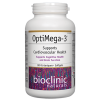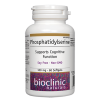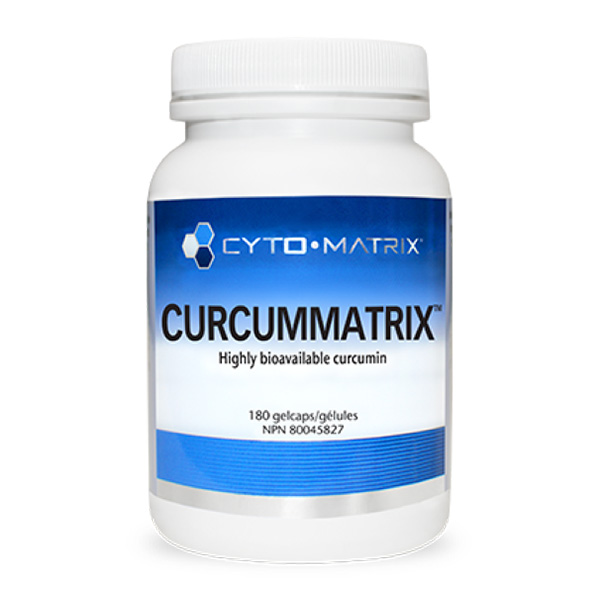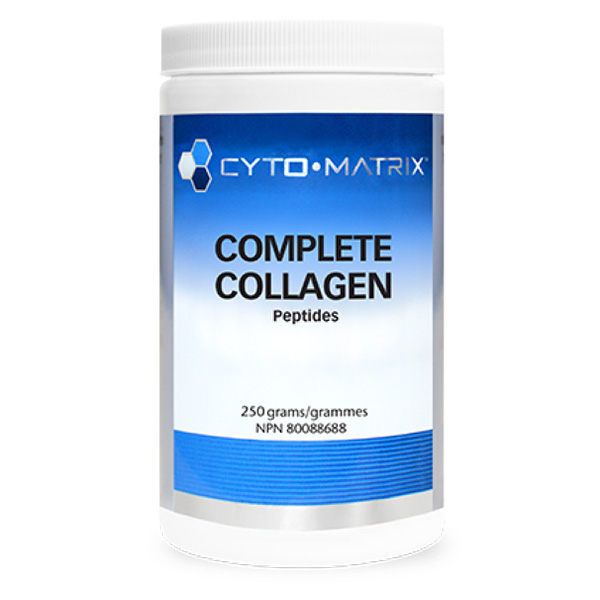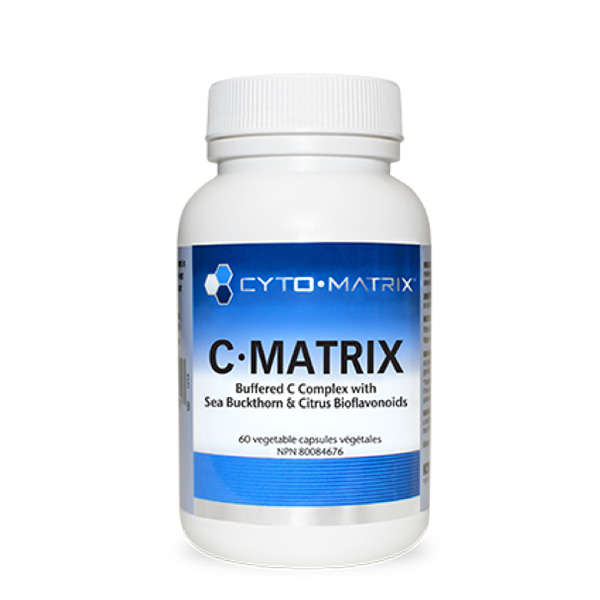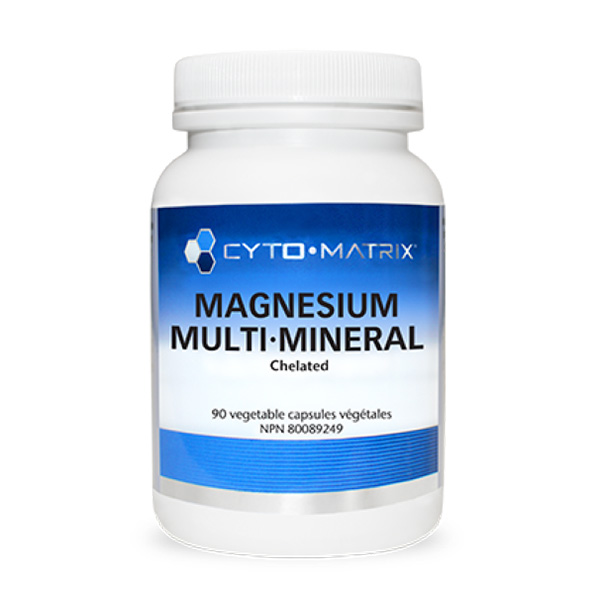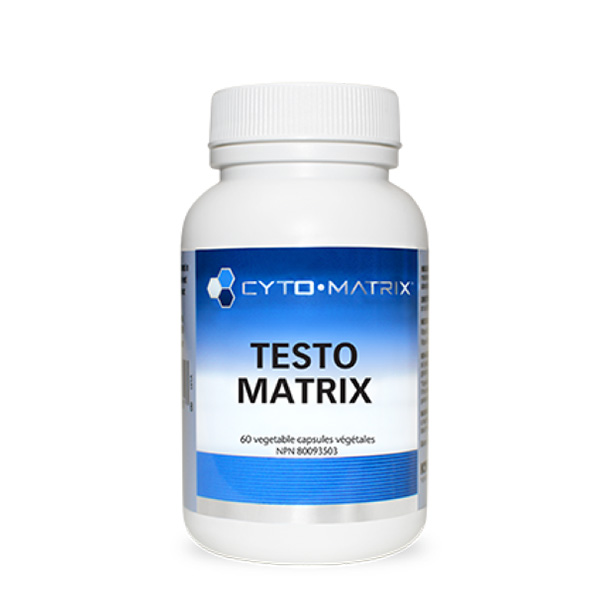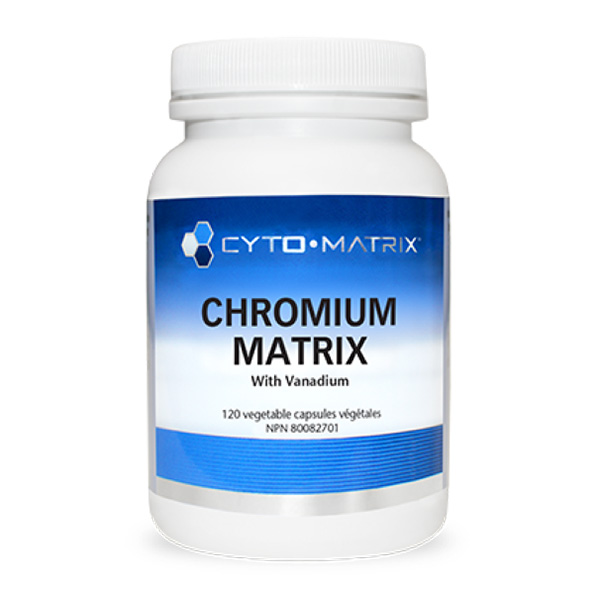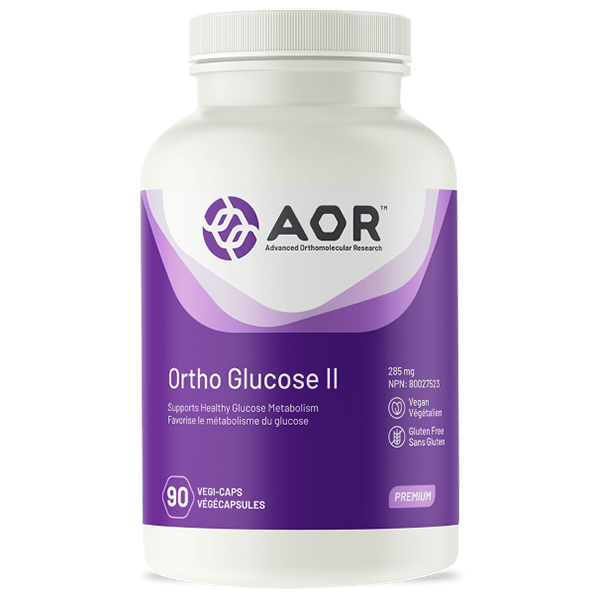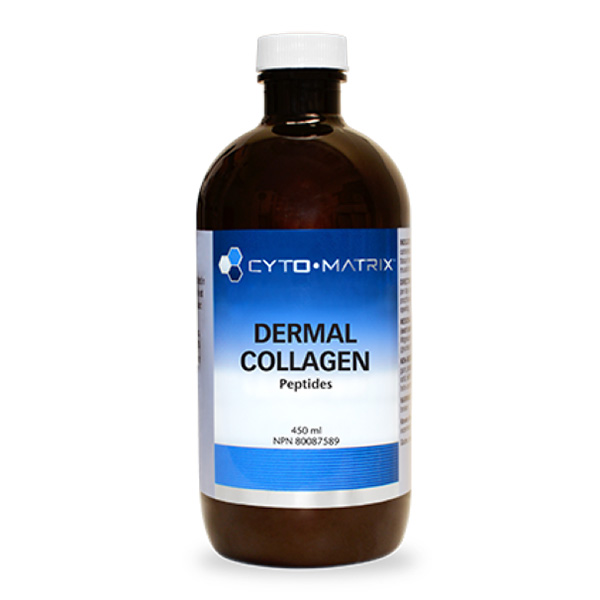Benefits
- Provides a hypoallergenic formula, with 100% of protein supplied from free amino acids, particularly L-glutamine, a key fuel for intestinal cells
- Contains easily assimilated and tolerated carbohydrates
- All nutrient requirements met, while needing little-to-no digestive functionality for macronutrient breakdown
- Excellent taste for improved compliance; available in Chocolate and Pink Lemonade flavours
Feature Summary
ElementAll Biological Diet is an elemental diet formula that provides comprehensive, hypoallergenic, easily digestible standalone nutrition for individuals with impaired digestive function. The therapeutic efficacy of elemental diets has partly been attributed to the elimination of all allergens (while providing nutrients requiring minimal digestion). This promotes gastrointestinal mucosal healing, normalization of intestinal permeability, and improved clinical symptoms among participants with Crohn’s disease (as determined by the lactulose/L-rhamnose permeability ratio).1 Among those with newly diagnosed Crohn’s disease, complete elemental nutrition induces remission in over 80% of patients, while a “half elemental diet” significantly lowered relapse rates when followed longer term.2-4
Elemental diets target gut microbiota as well as inflammation; in addition to suppressing NF-?B levels (a critical regulator of inflammation),5 they significantly lower the population of Bacteroides fragilis, a species linked to inflammatory bowel disease (IBD) as well as colorectal cancer.6,7 Among individuals with irritable bowel syndrome (IBS) and abnormal lactulose breath tests (indicative of small intestinal bacterial overgrowth, [SIBO]), 85% had normalized breath values, as well as improved symptoms after following an elemental diet.8 Elemental diets have also led to similar improvement when compared to corticosteroid therapy among rheumatoid arthritis participants, and both immunopathologic and clinical improvement among participants with refractory celiac disease.9,10
ElementalAll Biological Diet provides all the essential micro and macronutrients optimized for easy assimilation and is designed to be the sole source of nutrition for individuals with impaired digestive function.
Medicinal Ingredients
Organic tapioca dextrose, organic tapioca maltodextrin, L-glutamine, L-leucine, safflower oil, modified palm oil (medium chain triglycerides), natural chocolate flavour, L-arginine hydrochloride, organic alkalized cocoa powder, sunflower lecithin, calcium glycerophosphate, L-isoleucine, L-valine, L-lysine hydrochloride, potassium citrate monohydrate, natural vanilla flavour, sodium citrate dihydrate, silica, L-cysteine hydrochloride, L-phenylalanine, L-threonine, L-histidine hydrochloride, magnesium citrate, L-tyrosine, L-methionine, L-aspartic acid, L-proline, choline dihydrogen citrate, tricalcium phosphate, magnesium glycerophosphate, L-tryptophan, methylcobalamin, sodium molybdate, L-alanine, glycine, L-serine, sodium ascorbate, L-carnitine tartrate, dl-alpha tocopheryl acetate [fish], taurine, ferrous fumarate, zinc sulfate monohydrate, biotin, menaquinone MK-7 [soy], selenomethionine, calcium d-pantothenate, niacin, sodium borate decahydrate, vitamin A palmitate, copper sulfate, manganese citrate, pyridoxal 5’-phosphate, riboflavin 5’-phosphate, thiamine hydrochloride, cholecalciferol, potassium iodide, folate (from (6S)-5-methyltetrahydrofolic acid (MTHF), glucosamine salt, Quatrefolic®), chromium picolinate.
Allergens:
Contains no artificial colours, preservatives, or sweeteners; no dairy, wheat, gluten, yeast, egg, shellfish, tree nuts, or GMOs.
Recommended Use:
Mix one serving (4 scoops) in 500 ml of water or as directed by a health care practitioner. You can adjust by adding more water if desired. To be consumed promptly. Take 3 servings per day or as directed by a health care practitioner. 3 servings (12 scoops) provide 1872 calories.
Contraindications
Avoid if persistent nausea/vomiting and/or mechanical obstruction occurs. Safety during pregnancy/lactation is not established, and diabetics should monitor blood sugar closely.
Drug Interactions
May impair absorption of quinolones, e.g., ciprofloxacin.11
1. Sanderson, I.R., Boulton, P., Menzies, I., et al. (1987). Improvement of abnormal lactulose/rhamnose permeability in active Crohn’s disease of the small bowel by an elemental diet. Gut, 28(9), 1073-6.
2. Cuív, P.Ó., Begun, J., Keely, S., et al. (2016). Towards an integrated understanding of the therapeutic utility of exclusive enteral nutrition in the treatment of Crohn’s disease. Food Funct, 7(4), 1741-51.
3. Heuschkel, R.B., Menache, C.C., Megerian, J.T., et al. (2000). Enteral nutrition and corticosteroids in the treatment of acute Crohn’s disease in children. J Pediatr Gastroenterol Nutr, 31(1), 8-15.
4. Takagi, S., Utsunomiya, K., Kuriyama, S., et al. (2006). Effectiveness of an ‘half elemental diet’ as maintenance therapy for Crohn’s disease: A randomized-controlled trial. Aliment Pharmacol Ther, 24(9), 1333-40.
5. Harada, K., Ferdous, T., Mizukami, Y., et al. (2018). Elemental diet inhibits pro-inflammatory cytokine production in keratinocytes through the suppression of NF-?B activation. Oncol Rep, 40(1), 361-368
6. Shiga, H., Kajiura, T., Shinozaki, J., et al. (2012). Changes of faecal microbiota in patients with Crohn’s disease treated with an elemental diet and total parenteral nutrition. Dig Liver Dis, 44(9), 736-42.
7. Zamani, S., Hesam Shariati, S., Zali, M.R., et al. (2017). Detection of enterotoxigenic Bacteroides fragilis in patients with ulcerative colitis. Gut Pathog, 9, 53.
8. Pimentel, M., Constantino, T., Kong, Y., et al. (2004). A 14-day elemental diet is highly effective in normalizing the lactulose breath test. Dig Dis Sci, 49(1), 73-7.
9. Podas, T., Nightingale, J.M., Oldham, R., et al. (2007). Is rheumatoid arthritis a disease that starts in the intestine? A pilot study comparing an elemental diet with oral prednisolone. Postgrad Med J, 83(976), 128-31.
10. Olaussen, R.W., Løvik, A., Tollefsen, S., et al. (2005). Effect of elemental diet on mucosal immunopathology and clinical symptoms in type 1 refractory celiac disease. Clin Gastroenterol Hepatol, 3(9), 875-85.
11. Mueller, B.A., Brierton, D.G., Abel, S.R., et al. (1994). Effect of enteral feeding with ensure on oral bioavailabilities of ofloxacin and ciprofloxacin. Antimicrob Agents Chemother, 38(9), 2101-5.
| Weight | 0.1 kg |
|---|


